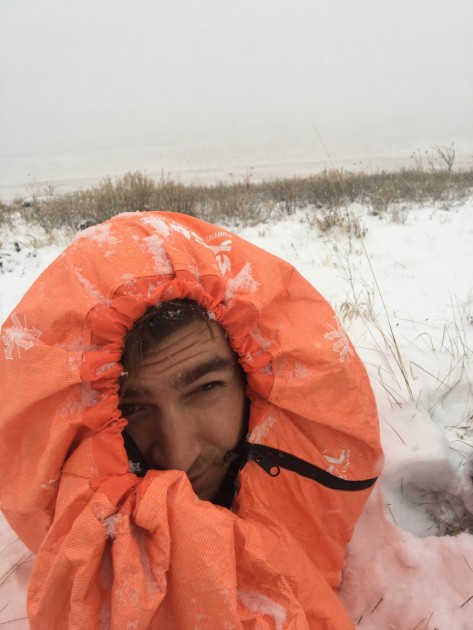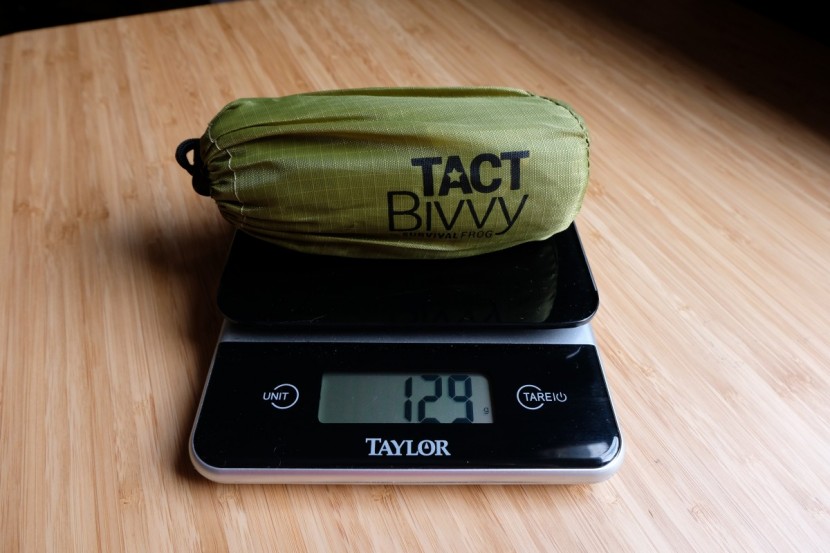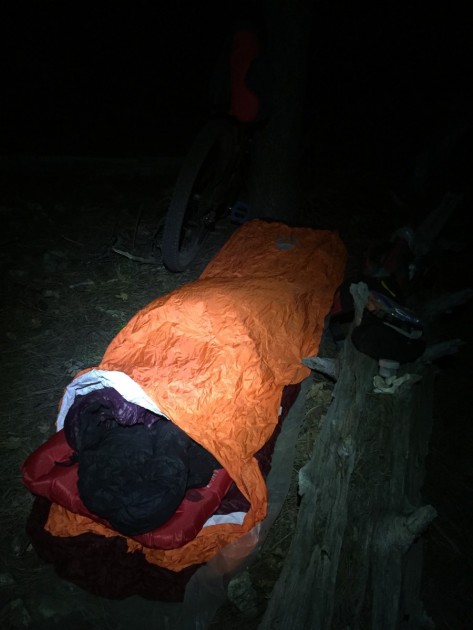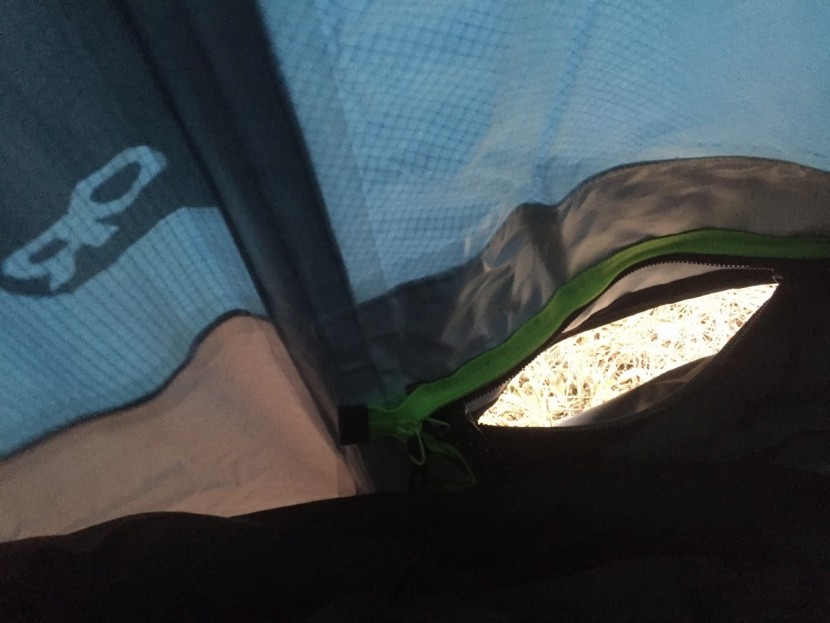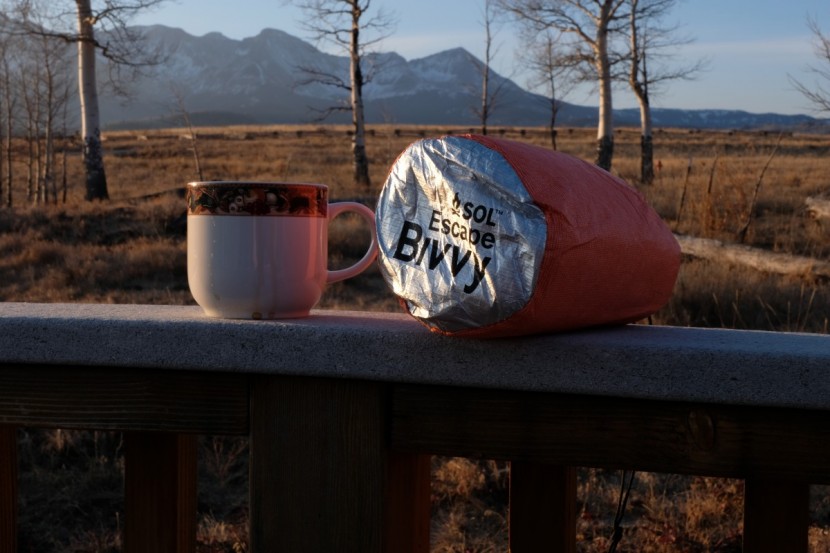To produce the best review of bivy sacks that we could, we first painstakingly churned through the available information, user reviews, and data to build an arsenal of highly rated bivy sacks. We then purchased them all at online retailers, dropped them in our packs, and hauled them into the backcountry to weather storms, cover miles, and look for weaknesses. We compiled everything we learned into this review. There's no substitute for just getting out there and using the products. Often, benefits and shortcomings don't show themselves until it's late at night, you're exhausted from a long day, and the weather sets in.
Weather Resistance
We spent countless hours huddled up in our bivies throughout our testing period. From the snowy Rocky Mountains to windy desert ridges, we tried to find the limits of each bag. Did they allow moisture through the zippers? Does the material become saturated with prolonged exposure to moisture? Most importantly, how did each bivy perform in a prolonged rainstorm? We found weather resistance to be one of the most important metrics we tested and sometimes the most uncomfortable.
Weight
We ended up giving the physical weight of the bivy the same scoring weight as weather resistance. One of the primary reasons to opt for a bivy over a tarp or tent is weight savings for a single person's sleep kit. While this isn't the only reason to opt for a bivy, it is an important one. As you might have guessed, we threw the bivys on our zeroed-out scale and measured them. A simple but important test.
Comfort
Ahhhh yes, the critical component for sleep: comfort. To get a good idea of the potential comfort levels of each bivy, we reference the size of the footprint relative to our 5'11" 175 lb gear tester. While most of the bivies offered ample space, some models were a bit tight. This metric was tested through nights spent sleeping out in each bivy as well as a side-by-side comparison of the space, how easy it was to maneuver inside the bivy, and having ample headroom.
Ventilation
Even in the 21st century, having sent people to the moon using a gigantic computer with less power than an iPhone, humans haven't yet figured out how to make a bivy that doesn't collect any moisture on the inside. That being said, in the ventilation space race, some have done pretty well. As we stated before, the only way to get a beat on how well each bivy ventilated was to spend an entire night zipped up inside. Some became stuffy rather quickly, while others had protected zippers that allowed for proper ventilation and offered decent airflow. While we didn't place a huge weight on the scores from this metric, it can be a critical component for a comfortable bivouac.
Packed Size
In conjunction with weight, having a reasonable packed size (and the ability to further pack the bivy down) can be a critical component in the decision-making process and ultimately help decide whether to bring it along at all. We packed up all the bivies and took measurements and photographs next to commonly used items to give an idea of size.


